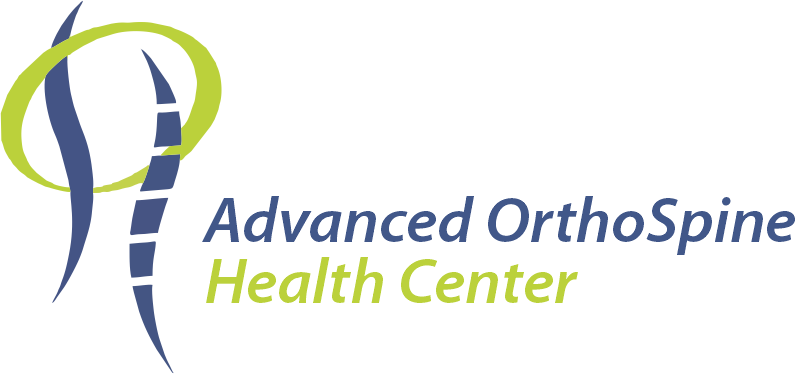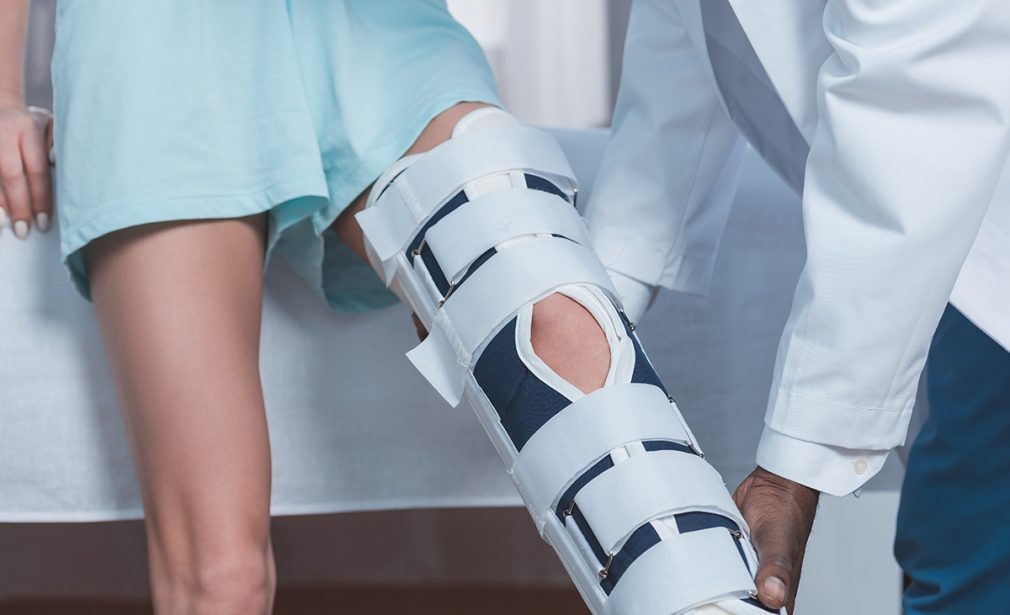What do Ligament Injuries feel like?
Ligament Injuries: Ligaments connect bones to other bones, providing joint stability. Injuries often result from excessive force or twisting. Common ligament injuries include:
- Sprains: Stretching or tearing of ligaments, graded from mild (Grade I) to severe (Grade III).
- Torn ligaments: Complete ruptures, which may require surgical intervention.
How can physio help you?
Physiotherapy for Tendon and Ligament Injuries aids in reducing pain, promoting healing, and restoring function through:
- Pain Management: Modalities reduce pain and inflammation such as Microcurrent therapy, LASER,or TECAR therapy, other current therapy, ice or heat
- Manual therapy to reduce pain and improve mobility
- Restoring Mobility: Gentle stretching and mobility exercises to improve the range of motion and prevent stiffness.
- Strengthening Exercises: Building strength in the muscles surrounding the injured tendon or ligament to provide better support and stability.
- Taping or Bracing: Providing extra support to the injured area during the healing process.
- Progressive Rehabilitation: Gradual return to activity with functional exercises designed to prevent reinjury.
- Education on Injury Prevention: Teaching proper biomechanics and movement patterns to avoid future strain on the affected tendon or ligament.
Frequently asked questions
- Pain and tenderness around the joint.
- Swelling and bruising.
- Limited range of motion.
- Instability in the affected area (common in ligament injuries).
- Mild Injuries (Grade I Sprains/Strains):
Recovery typically takes 1-3 weeks with rest, ice, and physiotherapy.
- Moderate Injuries (Grade II Sprains/Partial Tears):
Healing can take 6-8 weeks, requiring targeted physiotherapy and sometimes immobilization.
- Severe Injuries (Grade III Sprains/Complete Tears):
Recovery may take 3-6 months or longer, often involving surgery followed by extensive rehabilitation.
- Chronic Conditions (e.g., Tendinitis):
Recovery time varies but can take weeks to months, depending on severity and adherence to treatment.
Recovery varies depending on:
- Specific hip condition
- Severity of the injury
- Patient’s age and overall health
- Consistency in following treatment plan
Most patients experience significant improvement within 6-12 weeks of consistent physiotherapy, with many reporting reduced pain and increased mobility within the first few sessions.
- Warm-Up Properly
- Strength Training
- Stretch Regularly
- Use Proper Technique
- Wear Appropriate Footwear
- Avoid Overloading
- Take Rest Days
- Stay Hydrated
- Listen to Your Body
- Seek Early Intervention
Got more questions? Contact us at Advanced Orthospine Health Center for expert advice and personalized care.

